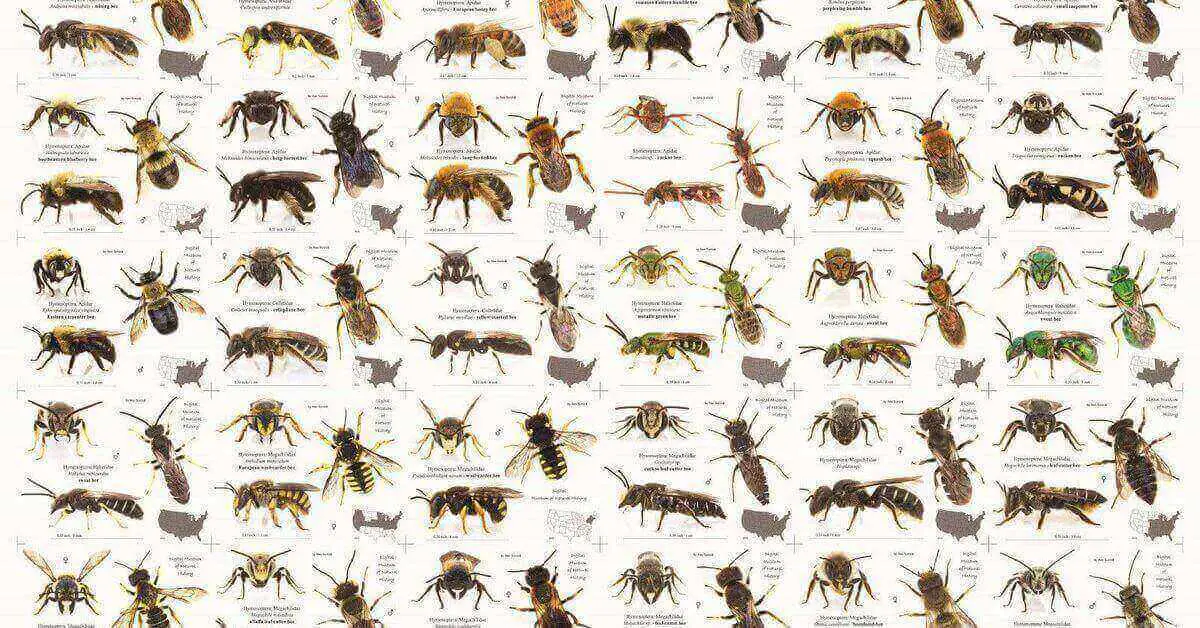Have you ever wondered why bees have sticky hair? These remarkable insects play a crucial role in our ecosystem as pollinators, and their distinctive feature of having sticky hair serves a specific purpose. In this article, we will delve into the reasons behind this fascinating adaptation, exploring the mechanisms and benefits it provides to bees. Join us on this journey to uncover the secrets of why bees possess such peculiar hair.
Understanding Bees’ Hair: A Sticky Affair
Bees’ hair, commonly referred to as “setae” covers their entire bodies. This hair possesses unique properties that make it sticky to the touch. While it may seem like an inconvenience, this adaptation plays a vital role in the survival and reproductive success of bees.
Why do Bees need Hair?
Bees need hair to collect pollen and carry it back to their hives for food.
The Importance of Pollination
Pollination is the transfer of pollen grains from the male part of a flower to the female part, enabling the fertilization and production of seeds and fruits. Bees are one of the most effective pollinators due to their feeding habits and hairy bodies.
The Structure of Bees Hair
Bees’ hair is composed of tiny branches known as trichomes, which are further divided into smaller branches called filaments. At the microscopic level, these filaments are covered in microscopic structures called papillae, which give the hair its sticky nature.
The Role of Sticky Hair in Pollination
When bees visit flowers in search of nectar and pollen, the sticky hair on their bodies captures pollen grains. As they move from flower to flower, some of the pollen adheres to the receptive female parts of the flowers, facilitating pollination.
Adhesive Properties: How Bees Benefit
The stickiness of bees’ hair serves multiple purposes. Firstly, it ensures efficient pollen collection and transportation, allowing bees to transfer pollen from one flower to another effectively. This process aids in cross-pollination, promoting genetic diversity among plant populations.
Additionally, the adhesive properties of bees’ hair enable them to gather more pollen, increasing their food resources. As they groom themselves, bees also consume some of the pollen that adheres to their hair, providing them with essential nutrients.
Read More:
Protection Against Predators
Another significant advantage of bees’ sticky hair is its role in defense against predators. Insects like ants and mites often attempt to invade beehives and steal resources. However, the sticky hair acts as a natural deterrent, making it difficult for these intruders to navigate through the dense hair and reach the bees.
Conclusion
Bees’ sticky hair is a remarkable adaptation that plays a crucial role in their survival and the pollination of countless plant species. This unique feature allows bees to efficiently gather and transport pollen, ensuring the continuity of plant populations. Moreover, it provides protection against predators, maintaining the integrity of bee colonies. Next time you see a bee buzzing around, take a moment to appreciate the significance of its sticky hair and the important role it plays in our natural world.




